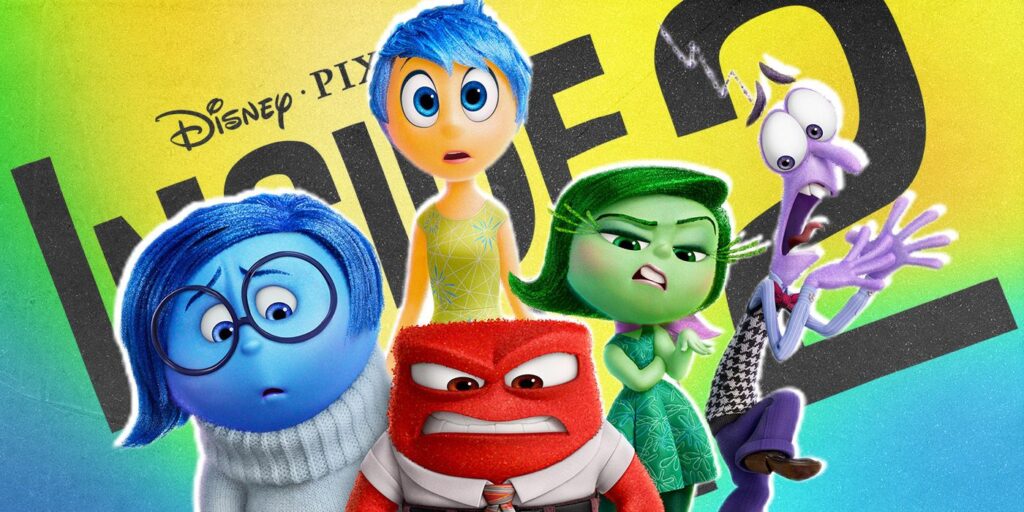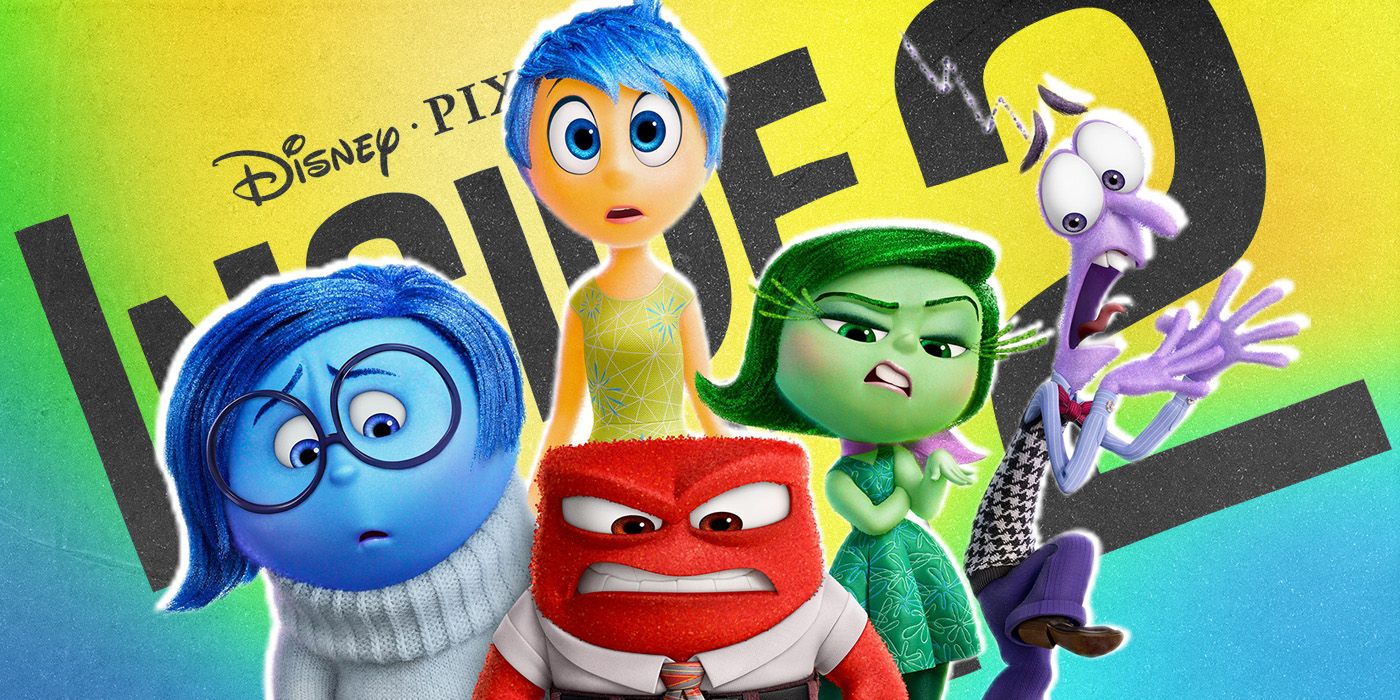
Unpacking Embarrassment: The Emotion Behind Pixar’s Inside Out
Pixar’s “Inside Out” masterfully personifies human emotions, giving audiences a visual and emotional understanding of complex psychological processes. Among the core emotions depicted – Joy, Sadness, Anger, Fear, and Disgust – the absence of embarrassment is notable. This article delves into the intricacies of embarrassment as an emotion, exploring its nuances, its potential (and perhaps deliberate) omission from “Inside Out”, and its significant role in human social interaction and self-perception. Understanding embarrassment is crucial for navigating social situations and fostering emotional intelligence. The movie showcases the importance of recognizing and accepting all emotions for a healthy mental state. Although embarrassment isn’t a main character, its effects are still felt throughout the film through other emotions like Disgust and Fear.
What is Embarrassment? A Deep Dive
Embarrassment is a self-conscious emotion that arises from experiencing a social transgression, real or imagined. It’s often triggered by situations where we believe we’ve violated social norms, presented ourselves poorly, or been the center of unwanted attention. Unlike shame, which involves a negative evaluation of the entire self, embarrassment is typically focused on a specific behavior or event. Think of tripping in public, accidentally saying the wrong thing in a meeting, or having your stomach rumble loudly during a quiet moment – these are all potential catalysts for embarrassment.
The physiological responses to embarrassment are often immediate and visible: blushing, sweating, increased heart rate, and a general feeling of discomfort. These physical manifestations can further exacerbate the feeling, creating a feedback loop of self-consciousness and anxiety. From an evolutionary perspective, embarrassment may serve as a social signal, communicating to others that we recognize our mistake and are motivated to repair the social bond. This aligns with the idea that maintaining social harmony is essential for survival and well-being.
Why Was Embarrassment Omitted from “Inside Out”?
Given the comprehensive exploration of emotions in “Inside Out”, the absence of a dedicated embarrassment character raises questions. Several possibilities exist. Firstly, the filmmakers may have chosen to focus on the core emotions that are considered fundamental to early childhood development. Joy, Sadness, Anger, Fear, and Disgust are often the first emotions that children learn to identify and understand. Embarrassment, being a more complex and socially contingent emotion, might have been deemed too nuanced for the film’s target audience.
Another possibility is that embarrassment was incorporated into the representation of other emotions, particularly Disgust and Fear. Disgust, voiced by Mindy Kaling, often expresses disapproval and aversion to social faux pas, subtly embodying the feeling of embarrassment when Riley, the main character, acts in ways that are deemed socially unacceptable. Fear, similarly, could represent the anxiety and apprehension associated with potentially embarrassing situations. [See also: The Psychology of Inside Out] By blending these emotions, the filmmakers may have simplified the emotional landscape while still conveying the essence of embarrassment.
It’s also worth considering the practical limitations of storytelling. Adding another emotion to the already crowded cast of characters might have diluted the narrative and made it more difficult for viewers to connect with each individual emotion. The filmmakers had to make strategic choices about which emotions to prioritize in order to create a cohesive and engaging story.
The Social Function of Embarrassment
Despite its unpleasantness, embarrassment plays a crucial role in social interaction. It serves as a social regulator, helping us to conform to social norms and maintain positive relationships. When we experience embarrassment, we are motivated to repair the damage caused by our transgression, often through apologies, explanations, or compensatory behavior. This helps to restore trust and maintain social cohesion.
Furthermore, embarrassment can promote empathy and understanding. Witnessing someone else’s embarrassment can evoke feelings of compassion and a desire to offer support. This shared experience can strengthen social bonds and foster a sense of community. However, excessive embarrassment can also be detrimental, leading to social anxiety, avoidance behavior, and a diminished sense of self-worth. [See also: Understanding Social Anxiety]
Embarrassment Inside Out: Subtleties in Riley’s Journey
While not explicitly represented, the theme of embarrassment subtly permeates Riley’s emotional journey in “Inside Out.” Her move to San Francisco and the subsequent challenges of adapting to a new environment are rife with potentially embarrassing situations. Her awkward attempts to make friends, her struggles with hockey, and her emotional outbursts all carry the potential for social discomfort and self-consciousness.
For example, Riley’s disastrous first day at her new school is a prime example of an embarrassment-inducing scenario. Her emotional breakdown in front of the class, triggered by a memory of her old life, is deeply embarrassing for her and leads to feelings of shame and isolation. This scene highlights the vulnerability and sensitivity that often accompany embarrassment, particularly during adolescence.
Furthermore, the film explores the impact of parental expectations on Riley’s emotional well-being. The pressure to maintain a positive facade and suppress negative emotions can contribute to feelings of embarrassment and self-doubt. When Riley feels unable to meet her parents’ expectations, she experiences a sense of failure and inadequacy, further amplifying her emotional distress.
Coping with Embarrassment: Strategies for Emotional Resilience
Learning to cope with embarrassment is essential for developing emotional resilience and maintaining a healthy sense of self-esteem. Several strategies can be employed to navigate embarrassing situations effectively:
- Acknowledge and Accept the Emotion: The first step is to recognize that embarrassment is a normal and universal human experience. Avoidance or suppression can exacerbate the feeling and lead to further distress.
- Reframe the Situation: Challenge negative thoughts and beliefs about the embarrassing event. Remind yourself that everyone makes mistakes and that imperfections are part of being human.
- Practice Self-Compassion: Treat yourself with kindness and understanding, just as you would treat a friend who is experiencing embarrassment. Avoid self-criticism and focus on your strengths and positive qualities.
- Use Humor: Humor can be a powerful tool for defusing embarrassing situations and lightening the mood. A self-deprecating joke can signal to others that you are not taking yourself too seriously and are able to laugh at your own mistakes.
- Focus on Repairing the Social Bond: If your embarrassing behavior has caused harm to others, take steps to apologize and make amends. This can help to restore trust and maintain positive relationships.
- Seek Support: Talk to trusted friends, family members, or a therapist about your feelings of embarrassment. Sharing your experience can provide valuable perspective and emotional support.
The Enduring Relevance of “Inside Out” and the Emotion of Embarrassment
Pixar’s “Inside Out” continues to resonate with audiences of all ages due to its insightful portrayal of human emotions. While embarrassment may not have been a central character in the film, its underlying themes are undeniably present in Riley’s journey. By understanding the complexities of embarrassment and developing effective coping strategies, we can navigate social situations with greater confidence and resilience. The film reminds us that all emotions, even the uncomfortable ones, play a vital role in our overall well-being. Learning to accept and manage embarrassment is a crucial step towards fostering emotional intelligence and building stronger, more authentic relationships. [See also: Emotional Intelligence and Pixar]
The absence of a direct representation of embarrassment in “Inside Out” doesn’t diminish its relevance. Instead, it invites viewers to consider the multifaceted nature of emotions and the ways in which they interact and influence one another. Ultimately, “Inside Out” serves as a powerful reminder that embracing our full range of emotions, including embarrassment, is essential for living a rich and fulfilling life. Understanding the nuances of embarrassment helps us build empathy, navigate social complexities, and develop a stronger sense of self.

